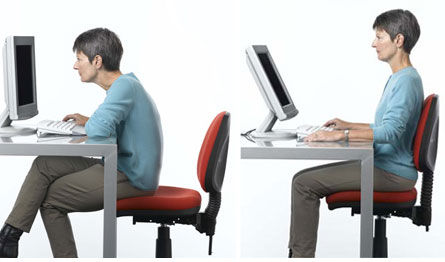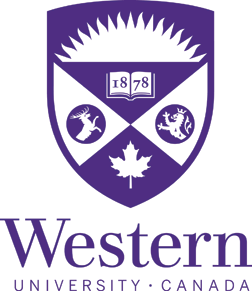



Neck & Upper Back Pain
Treatment
There are a number of treatment measures available to help speed recovery from neck and upper back pain including:
Heat or Ice (Burke, 2013)
-
The application of heat or ice can help alleviate the pain caused by muscle and ligament strain
-
Ice can slow the swelling and inflammation, while heat can help to increase blood flow
Massage (Patel et al., 2012)
-
Seeing a registered massage therapist will help relieve neck and upper back pain with minimal risk by improving blood circulation and promoting muscle relaxation
Acupuncture (Trinh et al., 2006)
-
Research has shown that seeing a registered acupuncturist can help relieve pain
Chiropractic Care (Gross et al., 2015a)
-
Chiropractic treatment has been shown to be more effective at reducing neck pain in the long term than varied combinations of anti-inflammatories, pain killers, or muscle relaxants
Medications (Ryan, 2013)
-
Taking over the counter medications such as anti-inflammatories, pain killers, or muscle relaxants can reduce inflammation and relieve pain
Exercises (Gross et al. 2015b)
-
Strengthening exercises combined with stretching and endurance reduces neck pain
-
It is important to include strengthening exercises as stretching and endurance type exercises alone are not nearly as effective
-
For an individualized exercise regimen consult a physiotherapist or a kinesiologist
Rest (Ming, Närhi, & Siivola, 2004)
-
Take scheduled breaks every hour to move and stretch which will help with circulation
-
Use a firm mattress and a pillow that will comfortably support your head and neck
References
Burke, S. (2013). Treating back and neck pain from A to Z. Retrieved from http://www.spine-health.com/blog/treating-back-and-neck-pain-a-z
Gross, A., Langevin, P., Burnie, S. J., Bédard-Brochu, M. S., Empey, B., Dugas, E., . . . LeBlanc, F. (2015a). Manipulation and mobilization for neck pain contrasted against an inactive control or another active treatment. Cochrane Database of Systematic Reviews, 9, 1–4. doi: 10.1002/14651858.CD004249.pub4
Gross, A., Kay, T. M., Paquin, J. P., Blanchette, S., Lalonde, P., Christie, T., . . . Santaguida, P. L. (2015b). Exercises for mechanical neck disorders. Cochrane Database of Systematic Reviews, 1, 1–55. doi: 10.1002/14651858.CD004250.pub5
Ming, Z., Närhi, M., & Siivola, J. (2004). Neck and shoulder pain related to computer use. Pathophysiology, 11, 51–56. doi: http://dx.doi.org/10.1016/j.pathophys.2004.03.001
Patel, K.C., Gross, A., Graham, N., Goldsmith, C. H., Ezzo, J., Morien, A., & Peloso, P. M. J. (2012). Massage for mechanical neck disorders (review). Cochrane Database of Systematic Reviews, 9, 1–27. doi: 10.1002/14651858.CD004871.pub4
Ryan, B. (2013). Self care for neck and back pain. Retrieved from http://www.mayfieldclinic.com/PE-self.htm
Trinh, K., Graham, N., Gross, A., Goldsmith, C. H., Wang, E., Cameron, I. D., & Kay, T. M. (2006). Acupuncture for neck disorders. Cochrane Database of Systematic Reviews, 3, 1–10. doi: 10.1002/14651858.CD004870.pub3
